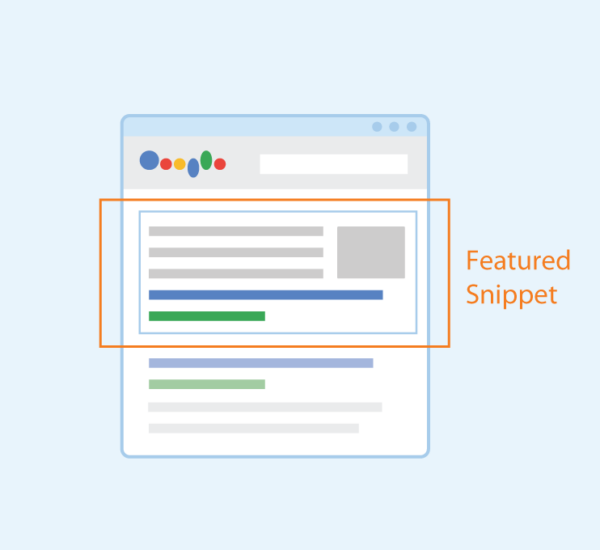The new guidelines involve crawling, visual content, structured data, and best practices. Previously, indexing was done by taking the desktop version of the page’s content into account with relevance to the user’s query. As now, the majority of users’ access web from a mobile phone, Google will predominantly use the mobile version of the website for indexing and ranking.
Google is informing all the site owners in the Search Console that the site ranking and indexing system is switched to mobile-first indexing. So, let’s explore these updates together.
Crawling: The way Googlebot crawls your website to access and render the page content is updated. As a result, the developers are advised to use the same Meta tags for the mobile site as the desktop site, especially for the noindex and nofollow attributes.
Visual Content: This section of the update includes image and video guidelines. If the site has different image URLs for desktop and mobile versions, the site will experience a temporary image traffic loss during transitioning from desktop to mobile-first indexing system.
Structured Data: According to this update, the data should be identical for both versions of your website, including the URLs within the structured data.
Why should we care about the Mobile-First Indexing update?
The first and foremost thing to point out is the fact that website owners can’t opt in or out of the mobile-first indexing. They have no control over the site crawling and indexing. Hence, the site owners need to ensure that both versions are appropriately maintained to give a seamless experience to the users. Our expert Mobile SEO Services team at RS Digital Marketing can help you with the concepts that should be implemented to make your website more competitive.
Best Practices to Enhance User Experience:
The best practices you can follow to optimize your website content include:
Render your mobile page content and resources and make sure that Googlebot can access it. If you mistakenly use different Meta robots tags on the mobile site, the bots might fail to crawl and index the page through the mobile-first indexing guidelines.
Ensure that Google can perceive lazy-loaded content. By default, the bot won’t load the content that needs user action to load.
Mark clear, concise, and meaningful headings on the mobile and desktop site.
Keep the content on the mobile site and desktop site the same to that the bots can index the pages easily.
There are slight chances that even after you follow all the guidelines, the ranking of your website won’t be that as your competitors. That’s why RS Digital Marketing is here to assist in mobile seo and creating a mobile-friendly web designthat willget you to page one in the search results.[/vc_column_text][/vc_column][/vc_row]




